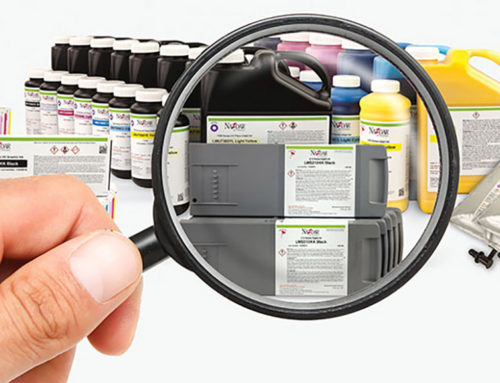Sustainability is a teachable effort, aimed at making life cleaner, better, and longer. In today’s world, where the impacts of climate change and environmental degradation are evident, integrating environmental awareness into education is essential for building a sustainable future. Let’s explore the role of environmental awareness in fostering environmental awareness and what each of us can do to support this vital cause.
Understanding the Link Between Health and Environment
Before diving into the role of environmental awareness in education, it’s crucial to acknowledge the profound connection between human health and the environment. According to the World Health Organization (WHO), environmental factors contribute to a quarter of the global disease burden. The degradation of ecosystems, exposure to harmful chemicals, and pollution of the air and water are some of the key factors.
Climate change and environmental degradation are not merely ecological issues but are deeply intertwined with public health. Pollution, climate change, and biodiversity loss can lead to a wide range of health problems, including respiratory diseases, heat-related illnesses, vector-borne diseases, and food insecurity.
The Role of Education in Environmental Awareness
- Raising Environmental Awareness: The first step in promoting environmental awareness is to increase understanding. Educators should emphasize how environmental variables directly impact health, making it clear that protecting the environment is synonymous with protecting human health.
- Curriculum Integration: Environmental topics should be integrated into educational curricula, especially in healthcare education. Courses on environmental health, ethical healthcare, and the environmental impact of healthcare systems should be part of the curriculum. Students can explore how healthcare facilities can reduce their carbon footprints, for instance.
- Interdisciplinary Learning: Collaborative education between healthcare and environmental science programs can foster a comprehensive understanding of the issues. Students can engage in joint projects and research studies that examine the intricate relationship between environmental sustainability and human health.
- Practical Training: Practical instruction in eco-friendly medical practices should be included in the curriculum. This may involve teaching students how to select eco-friendly products and technologies, reduce energy consumption, and minimize waste in healthcare settings.
- Ethical Considerations: Ethics courses should cover the ethical responsibilities of healthcare practitioners in terms of environmental stewardship. This can instill a sense of ethical duty to protect the environment among students.

Benefits of Environmental Awareness in Education
- Improved Health Outcomes: Healthcare professionals with environmental awareness are better equipped to recognize and address the environmental factors influencing health, ultimately leading to better patient outcomes.
- Cost Savings: Sustainable healthcare practices often lead to cost reductions for healthcare organizations. Technologies that prioritize energy efficiency and waste reduction not only save operating costs but also benefit the environment.
- Enhanced Reputation: Healthcare facilities that prioritize environmental awareness and sustainability tend to have a better public image. Patients and communities value institutions committed to environmental sustainability.
- Global Perspective: Environmental awareness in education equips future healthcare professionals to tackle global health challenges associated with climate change, such as the spread of infectious diseases and food security issues.
As our interconnected society faces broader challenges, healthcare education must adapt. Integrating environmental consciousness into healthcare education serves not only to produce environmentally conscious healthcare workers but also to make the healthcare system aware of its responsibility for environmental stewardship. By doing so, we can strive towards a future where environmental sustainability and healthcare coexist, benefiting both patients and the environment. Together, we can create a cleaner, healthier, and more sustainable world for generations to come.






